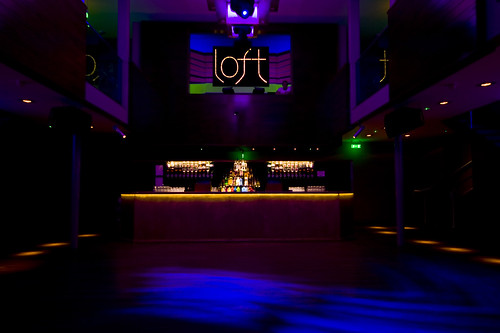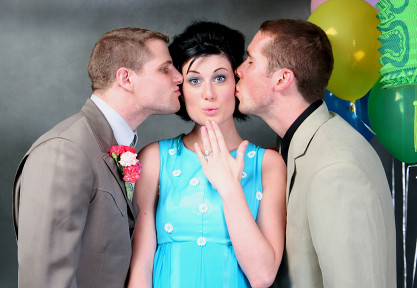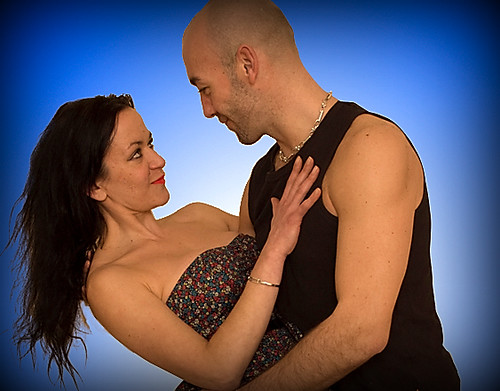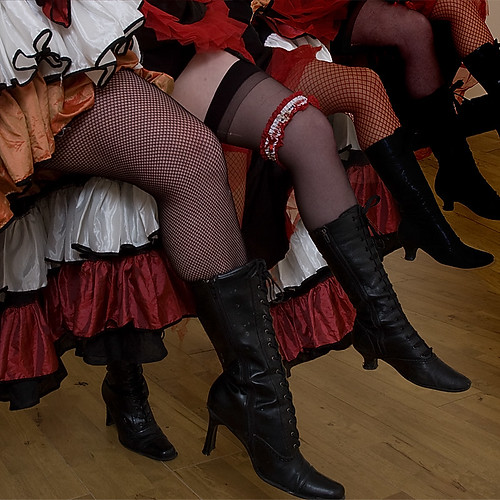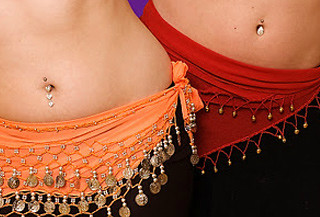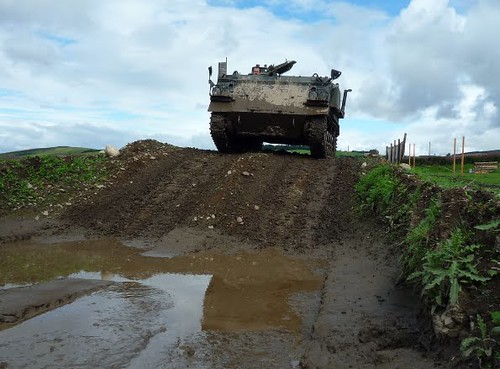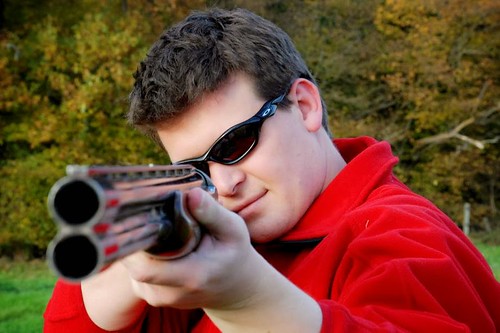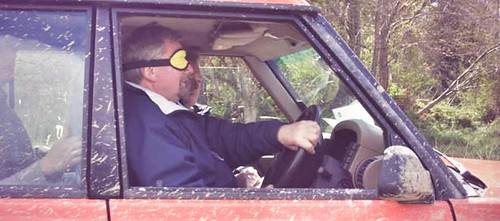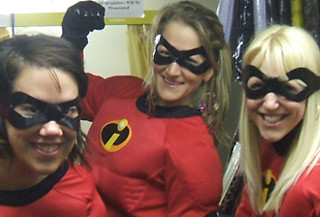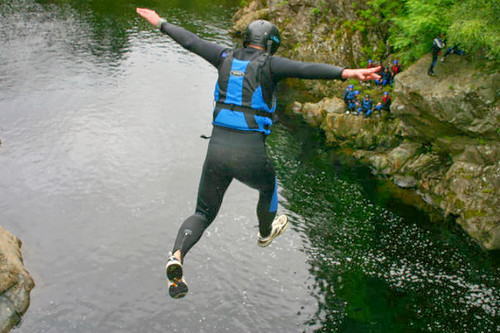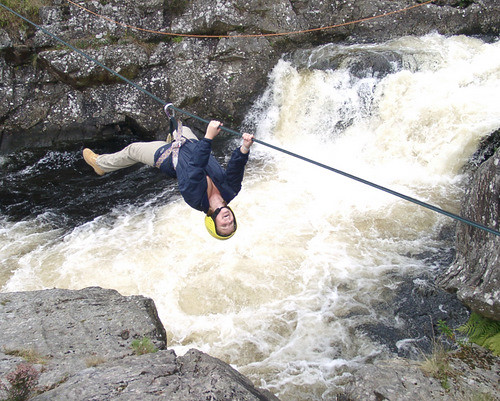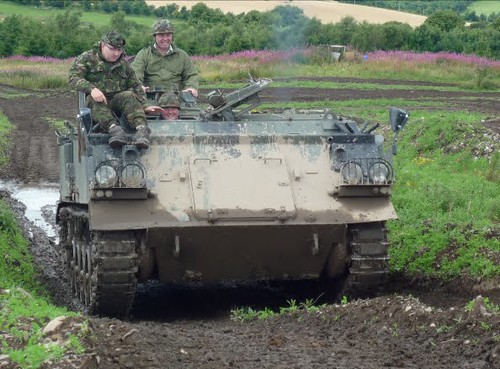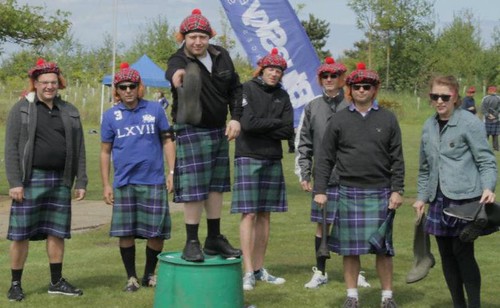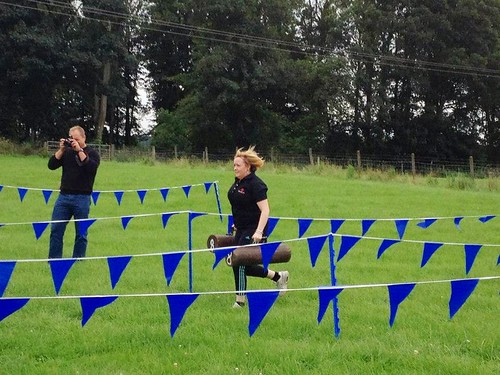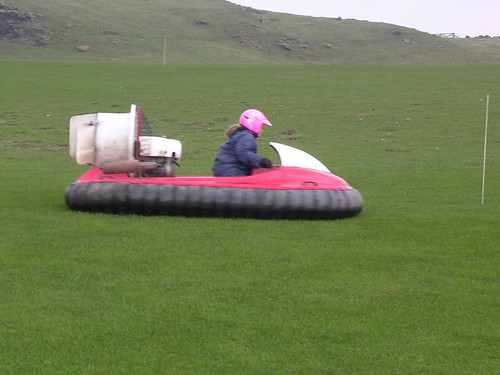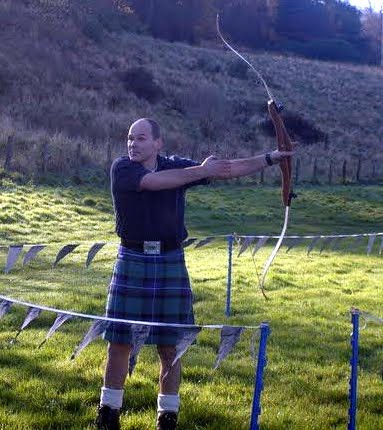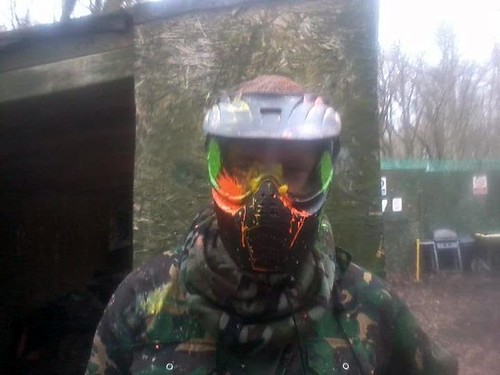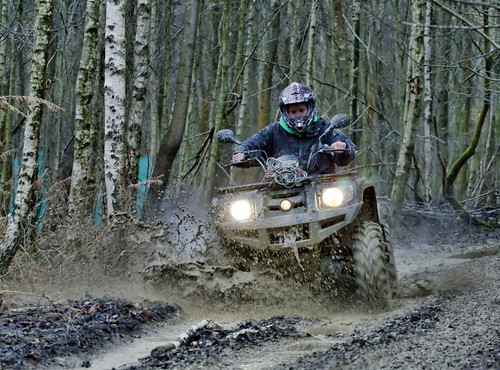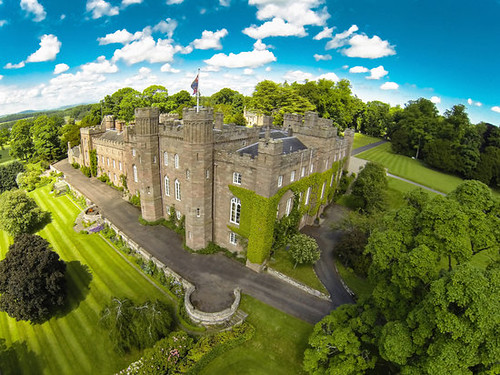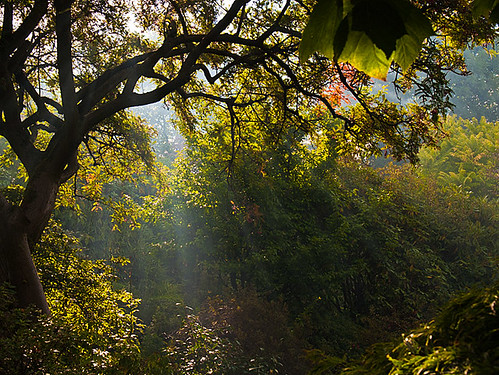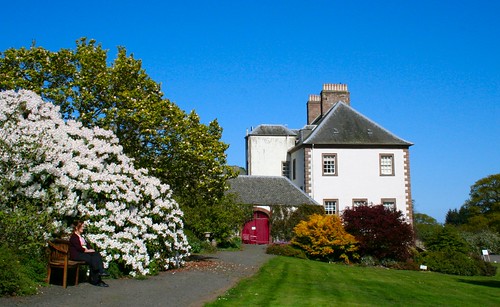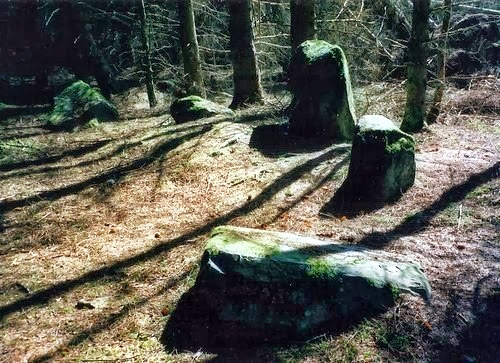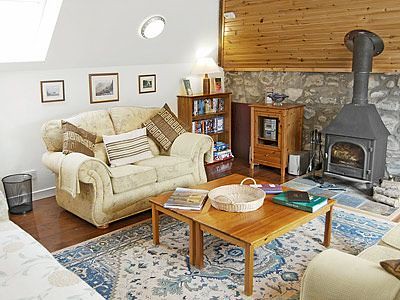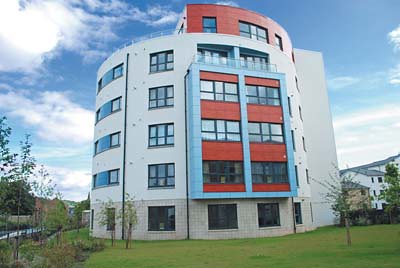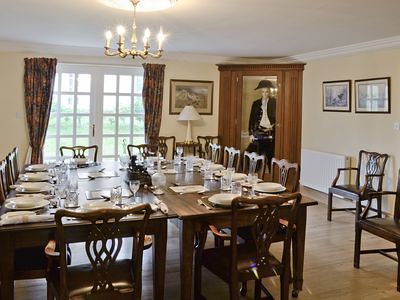Hilary McNally visits the Black Watch Regimental museum in Perth and finds a permanent tribute to a local regiment with an international reputation.
AN ACT OF REMEMBRANCE
There are no special events or ceremonies at the Black Watch Regimental Museum to mark Remembrance Day. No doubt most of the museum staff and many of those who have visited will be taking part in services and tributes to remember the tragedy of war and the sacrifices made.
But none will be based at the museum in Balhousie Castle in Perth. There should be nothing surprising in this. The museum after all is a permanent tribute to the bravery of its soldiers and the lives that have been lost over the last three centuries.
And while Remembrance Day is a once a year opportunity to remember the dead of the world's wars and conflicts, the Black Watch museum remembers them every day.
The regiment lost 8000 of its soldiers during the First World War alone. Another 20,000 were wounded. Virtually every family in the traditional recruiting grounds of Perthshire, Angus and Fife was affected. The Queen Mother, now the regiment's colonel in chief, faced her own personal tragedy with the loss of a brother and a cousin in the fighting.
One of the most poignant exhibits at the museum dates from this time. A kilt worn by a young officer, Captain W Stewart, hangs encased in glass on one of the museum's walls.
The kilt has been left as it was found, stained with the mud of the trenches where Captain Stewart fell in 1916. Nearby rows and rows of memorial plaques awarded to the relatives of the dead give a glimpse of the enormity of suffering the Great War inflicted on so many.
The bravery of Black Watch soldiers is also evident from the array of medals on show including around 15 Victoria Crosses, Britain's highest award for gallantry. The regiment was also awarded France's highest honour, the Croix de Guerre, for its role in the First World War.
Elsewhere in the museum there are exhibits from earlier times covering the Napoleonic Wars, the Peninsula Wars and the Crimean War. A painting of the Battle of Alma shows an officer carrying the regiment's battle honours into the fighting. That officer's uniform and personal belongings are now also on display at the museum in a case next to the painting.
Exhibits from these times chart the history of the Black Watch and its symbols including the sphinx which appears on the cap badge, a legacy of the Battle of Alexandria, and the famous red hackle which dates from 1795.
"There are lots of gory tales about how we acquired it," explains regimental secretary Lieutenant Colonel Stephen Lindsay, "but the truth is we don't really know. It's something we're very proud of. We're the only regiment to be allowed to wear it."
There are also a few artifacts from the regiment's very earliest days when it was raised as a Government police force to keep watch over the Highlands' "troublesome" population. Despite its origins it has now become firmly established as part of Scotland's heritage and is visibly proud of its Scottish roots.
More recent history is also covered with a room of the castle devoted to World War Two and another to post war campaigns including Korea and Kenya. Another area is devoted to sister regiments overseas with particular emphasis on the Black Watch of Canada.
The Regiment's popularity in North America is also illustrated by photographs of the pipes and drums playing at the White House in the 1960s at the request of then President John F Kennedy. The band had been taking part in a highly popular tour of the USA.
Sadly only nine days later the President was assassinated and the pipes and drums were back playing for him again but in far more emotional circumstances. Kennedy's widow had made a special request for them to play at her husband's funeral.
One of the museum's most recent exhibits also highlights the American connection and the way former Black Watch soldiers have spread the name of their regiment far and wide. Hanging on one of the walls is probably the most well travelled cap badge in the world having just returned from a trip into space on board the USS Endeavor.
"One of the security staff at NASA served in the Black Watch," explains |Lt Col Lindsay, "and he arranged for our cap badge to go into space with the shuttle. Now its back and on display in the museum."
He added that some of the photographs on display at the museum will soon be available in book form. The Black Watch Photographic Archive, which will feature 250 images of the regiment between 1852 and 1999, should be available at the museum and bookshops by Christmas.
Address Details
- Hay Street
- PH1 5HR


